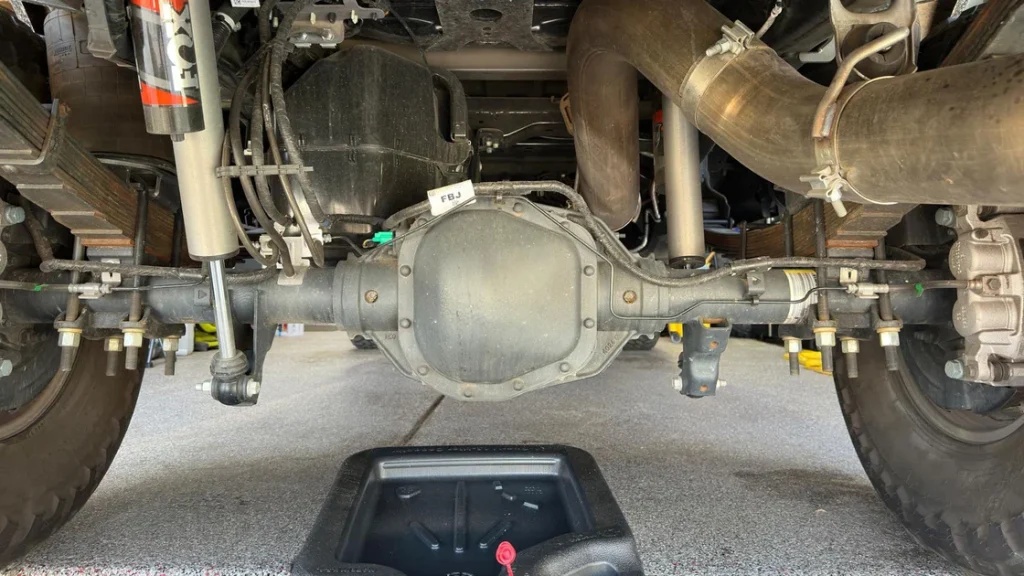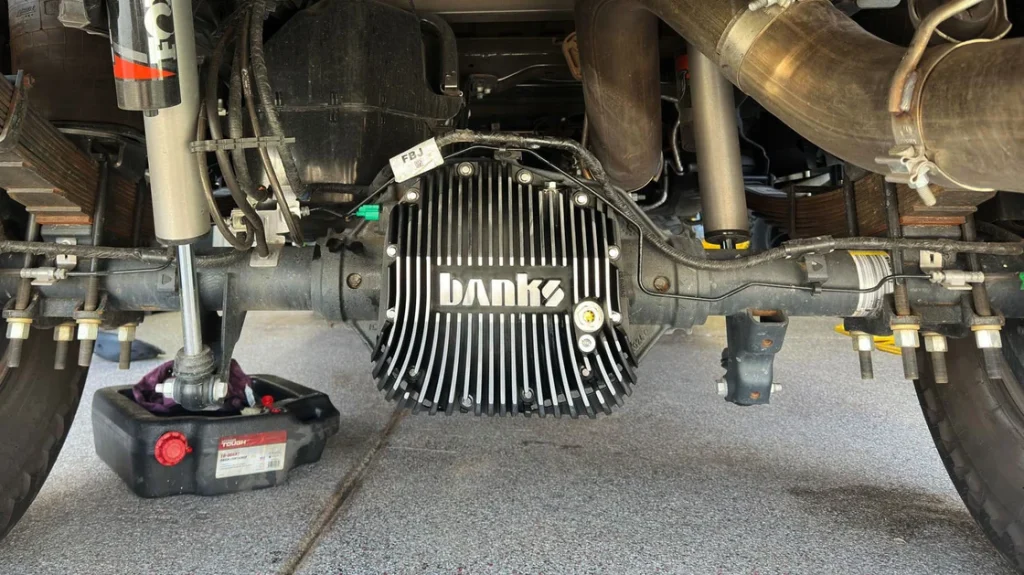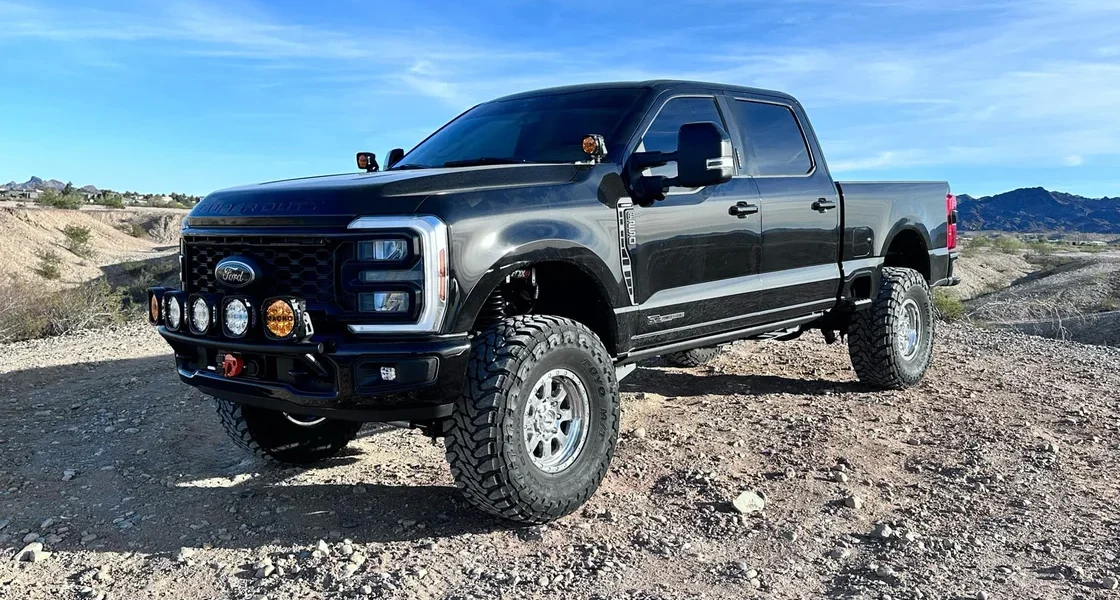Diff Cover Independent Testing
“I left the house and ran a comparison test using a digital thermometer at 3, 7, and 15, miles before climbing the grade,” explains Deven Hallen of his recent testing adventure with his 2024 F-250. “I climbed the final grade and took another reading at the top, 23 miles in. At the top of the grade, there was a 12° difference in fluid temperature between the stock differential cover and the new Banks cover.”

“The truck had 22k miles on the stock fluid and cover, says Deven. “After installing the Banks Ram-Air cover, I refilled it and let it sit for 3 hours before driving again. I didn’t record a starting (resting) temperature, but by that point it should have stabilized—if anything, that would’ve hurt the Banks test in the test.”
Banks Ram-Air Diff Cover vs Stock:
3 miles: No change
7 miles: Banks cover 1.4° cooler
15 miles: Banks cover 2.5° cooler
23 miles: Banks cover 12° cooler
“I doubt fresh fluid made much of a difference, but it’s worth noting the new oil is 75W-140 full synthetic. The results show a significant temperature drop with the Banks cover. I’m impressed.”

The science behind the Banks Ram-Air differential cover is patented, rather simple in principle, yet very effective. Ram-Air scoops are located at the bottom of the cover. They capture cool road air and direct it through the long-thin fins. The result is quicker rejection of heat to the atmosphere. The stock stamped steel cover lacks surface area. Even if it had fins, there’s no air rushing over the cover thanks to the dead air zone created by the rear axle splitting the air like a wedge. We know because we’ve measured air velocity in front of and behind the axle. The Banks Ram-Air scoops solves that problem by capturing air below the axle. Want to perform your own tests? We’ve included a 1/8″ sensor port in every cover.

